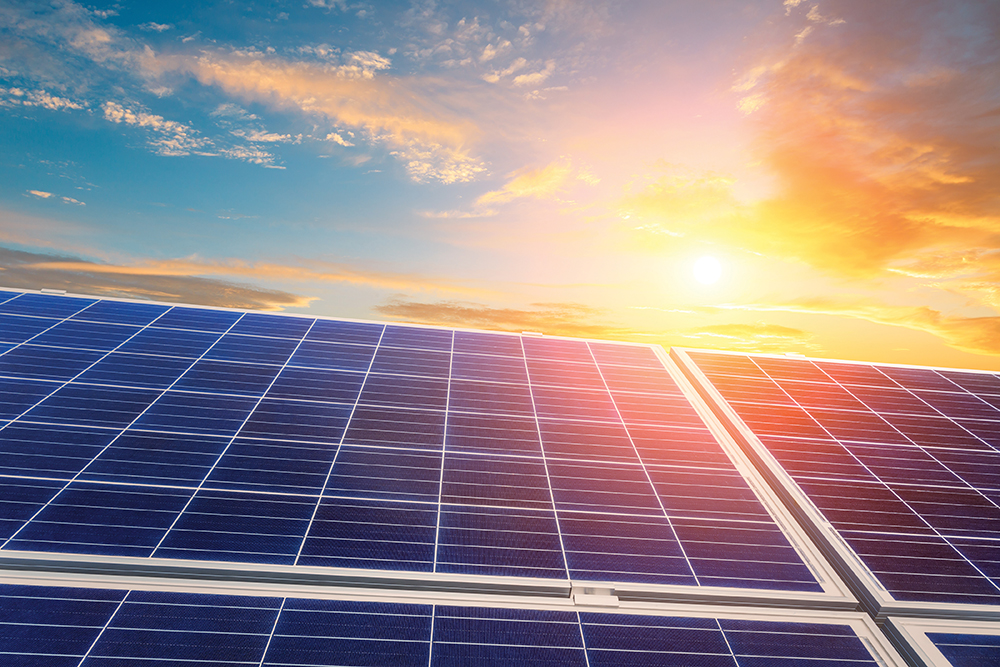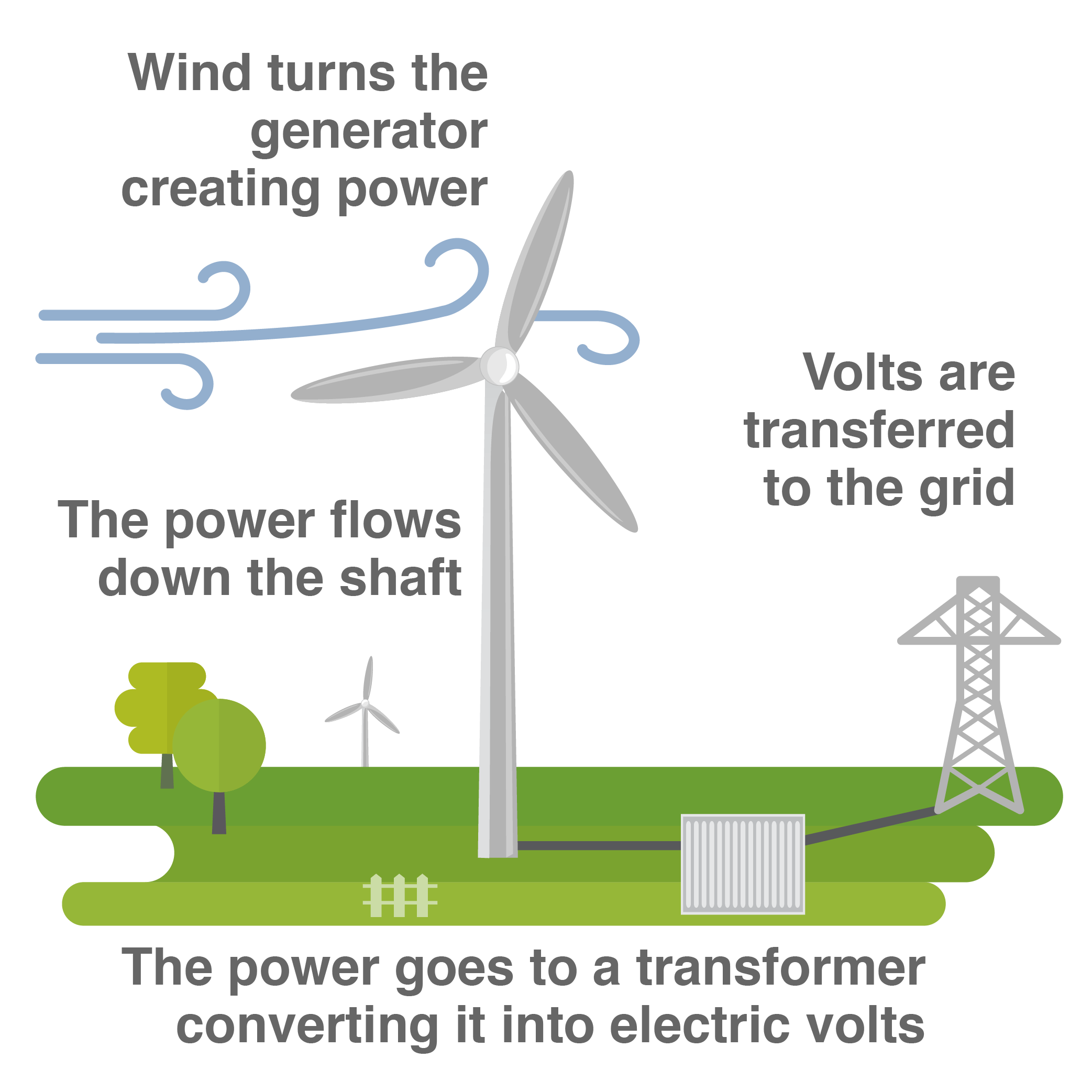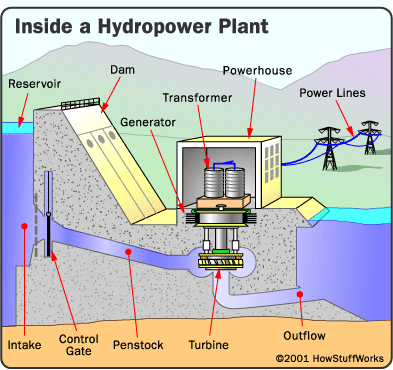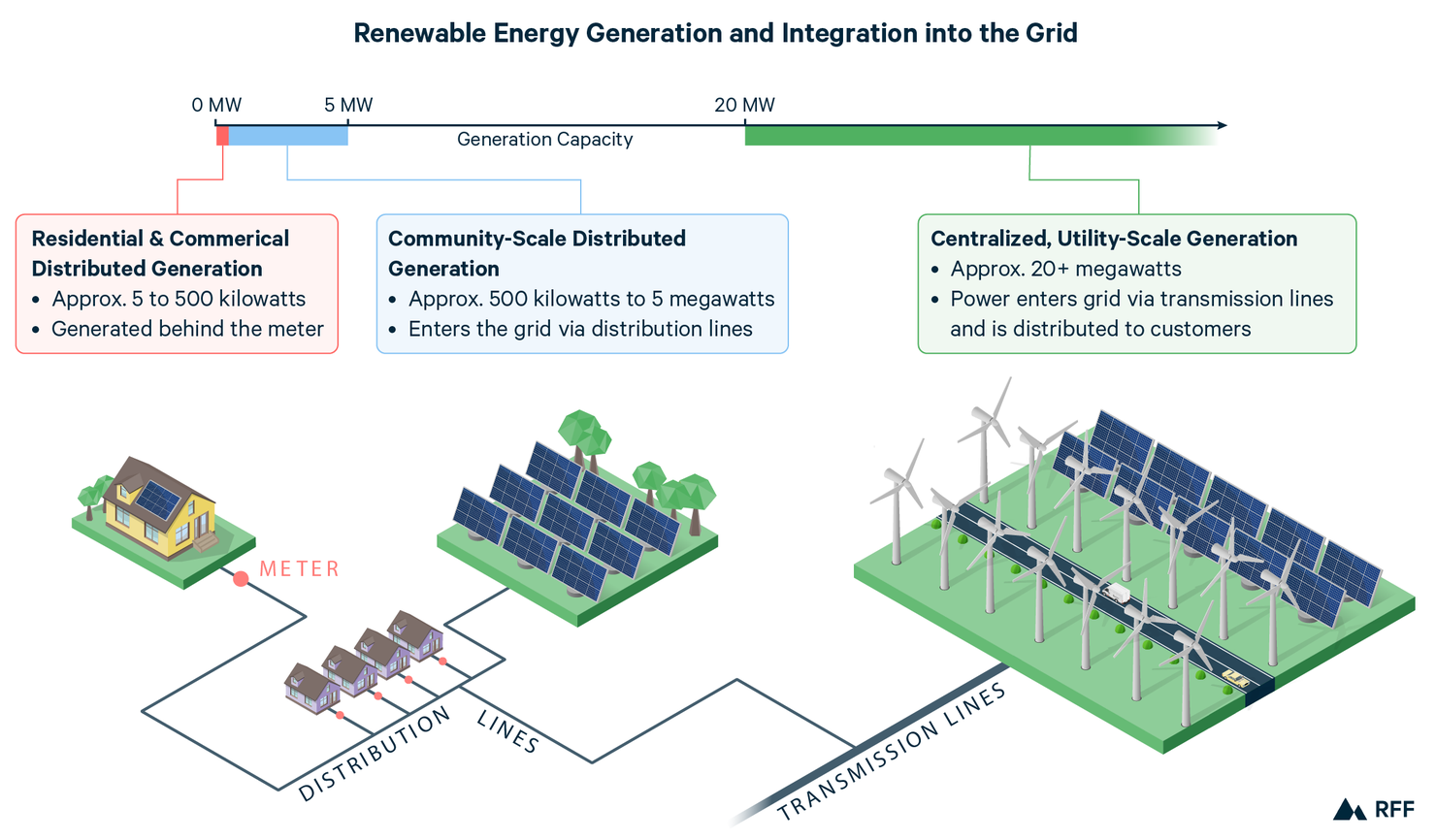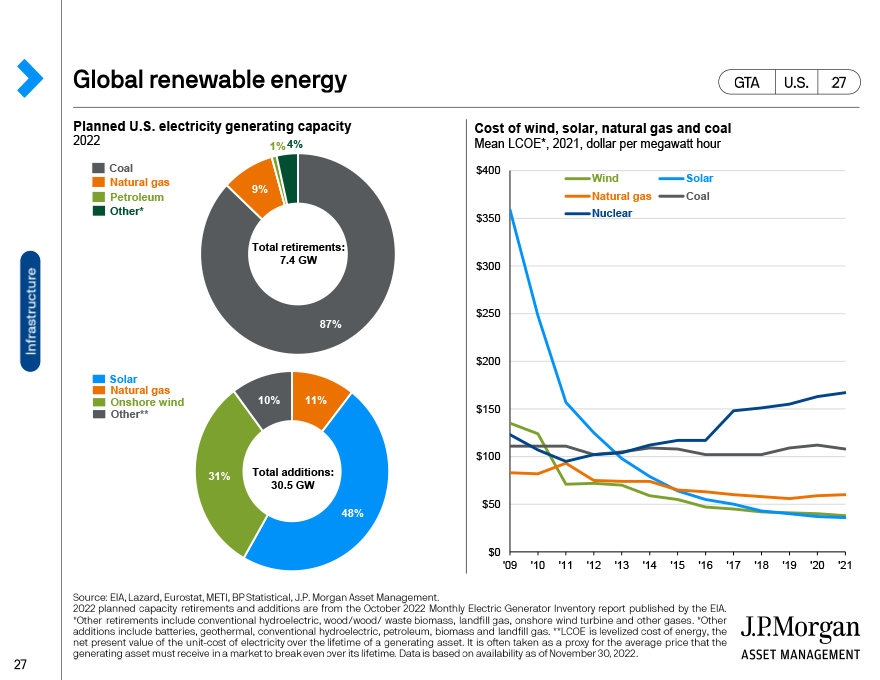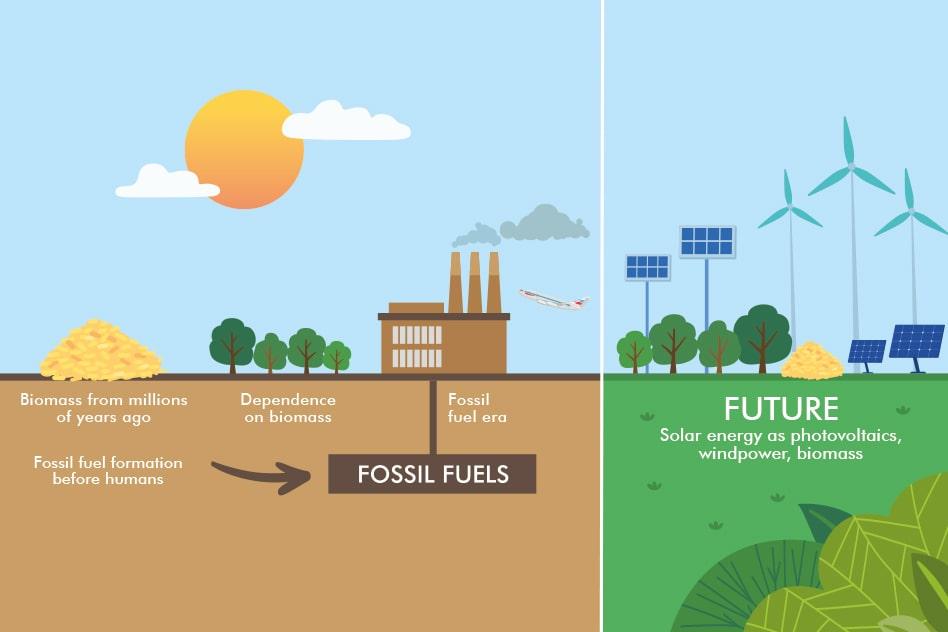Green Energy Presentation
| Introduction to Green Energy | ||
|---|---|---|
| Green energy refers to renewable energy sources that are environmentally friendly and do not deplete natural resources. It includes solar power, wind power, hydropower, geothermal energy, and bioenergy. Green energy is an essential solution to combat climate change and reduce carbon emissions. | ||
| 1 | ||
| Solar Power | ||
|---|---|---|
| Solar power harnesses energy from the sun using photovoltaic cells or solar thermal systems. It is a clean and abundant source of energy that can be used for electricity generation and heating. Solar power reduces reliance on fossil fuels and helps to reduce greenhouse gas emissions. | ||
| 2 | ||
| Wind Power | ||
|---|---|---|
| Wind power converts the kinetic energy of wind into electricity using wind turbines. It is a rapidly growing source of green energy, with large-scale wind farms being established worldwide. Wind power is sustainable, renewable, and emits no air pollutants or greenhouse gases during operation. | ||
| 3 | ||
| Hydropower | ||
|---|---|---|
| Hydropower generates electricity by harnessing the energy of flowing or falling water. It is one of the oldest and most widely used forms of renewable energy. Hydropower is reliable, cost-effective, and produces no greenhouse gas emissions during operation. | ||
| 4 | ||
| Geothermal Energy | ||
|---|---|---|
| Geothermal energy utilizes heat from the Earth's core for electricity generation and heating. It involves tapping into hot water reservoirs or using geothermal heat pumps. Geothermal energy is a constant and reliable source of renewable energy. | ||
| 5 | ||
| Bioenergy | ||
|---|---|---|
| Bioenergy is derived from organic materials such as plants, crops, and agricultural waste. It includes biofuels, biogas, and biomass power generation. Bioenergy can help reduce dependency on fossil fuels and promote sustainable waste management. | ||
| 6 | ||
| Benefits of Green Energy | ||
|---|---|---|
| Reduces dependence on fossil fuels and enhances energy security. Mitigates climate change by reducing greenhouse gas emissions. Creates job opportunities and stimulates economic growth in the renewable energy sector. | ||
| 7 | ||
| Challenges and Solutions | ||
|---|---|---|
| High upfront costs of green energy infrastructure can be a barrier. Integration of intermittent renewable sources into the grid requires advanced technology. Policies supporting green energy investments and research are crucial to overcome challenges. | ||
| 8 | ||
| Green Energy Adoption and Future Trends | ||
|---|---|---|
| Global investment in renewable energy has been increasing, indicating a shift towards green energy. Technological advancements and cost reductions are driving the widespread adoption of green energy. Future trends include the development of energy storage systems and increased focus on energy efficiency. | ||
| 9 | ||
| Conclusion | ||
|---|---|---|
| Green energy is a sustainable and environmentally friendly alternative to traditional fossil fuels. It offers numerous benefits such as reducing carbon emissions and creating a more secure energy future. By embracing green energy, we can make significant progress towards a cleaner and greener planet. | ||
| 10 | ||
| References (download PPTX file for details) | ||
|---|---|---|
| International Renewable Energy Agency. (2021)... Retrieved from https:// www.irena.org/ public... Your third bullet... |  | |
| 11 | ||

